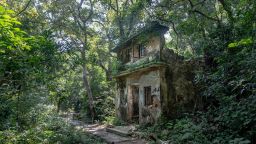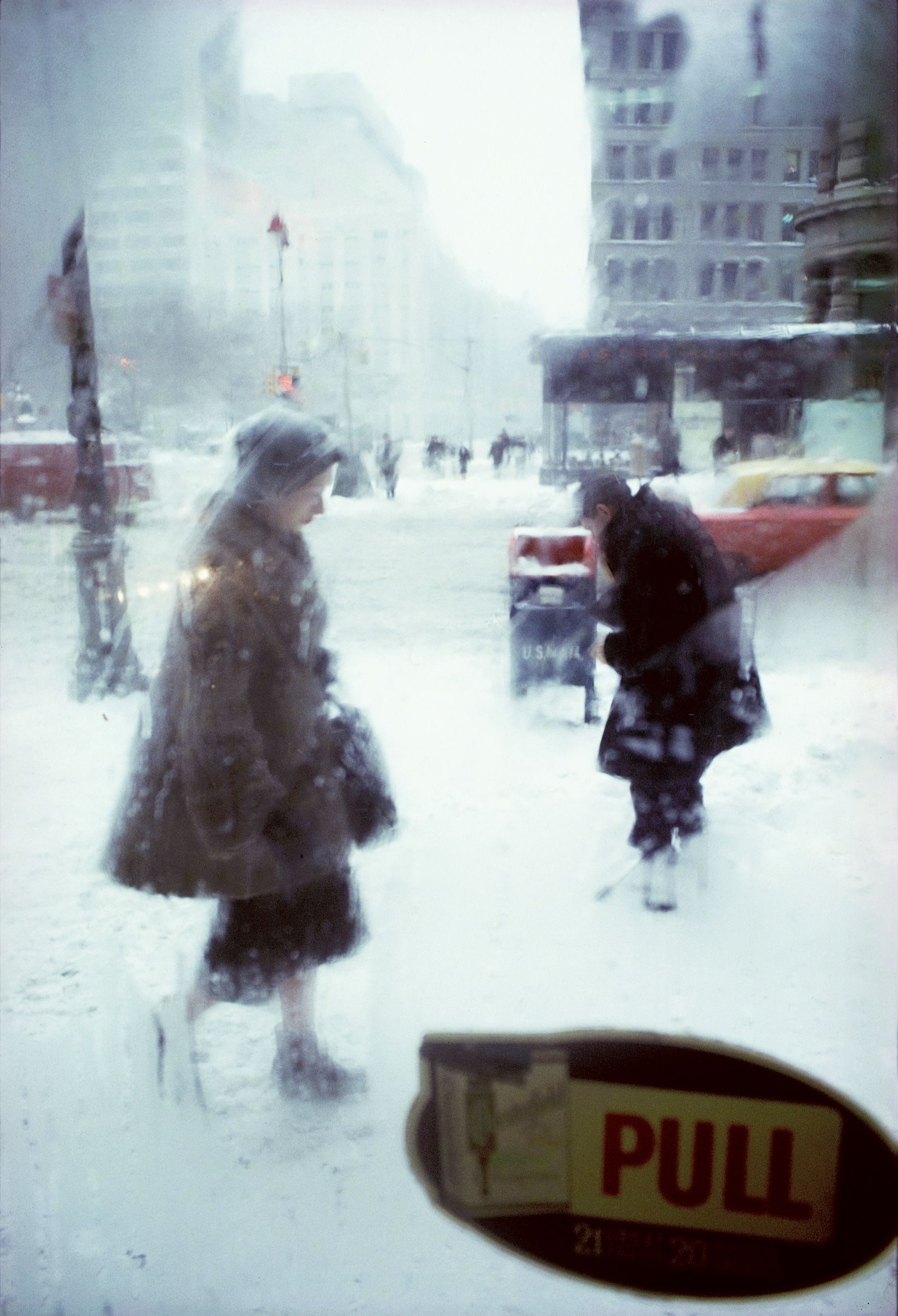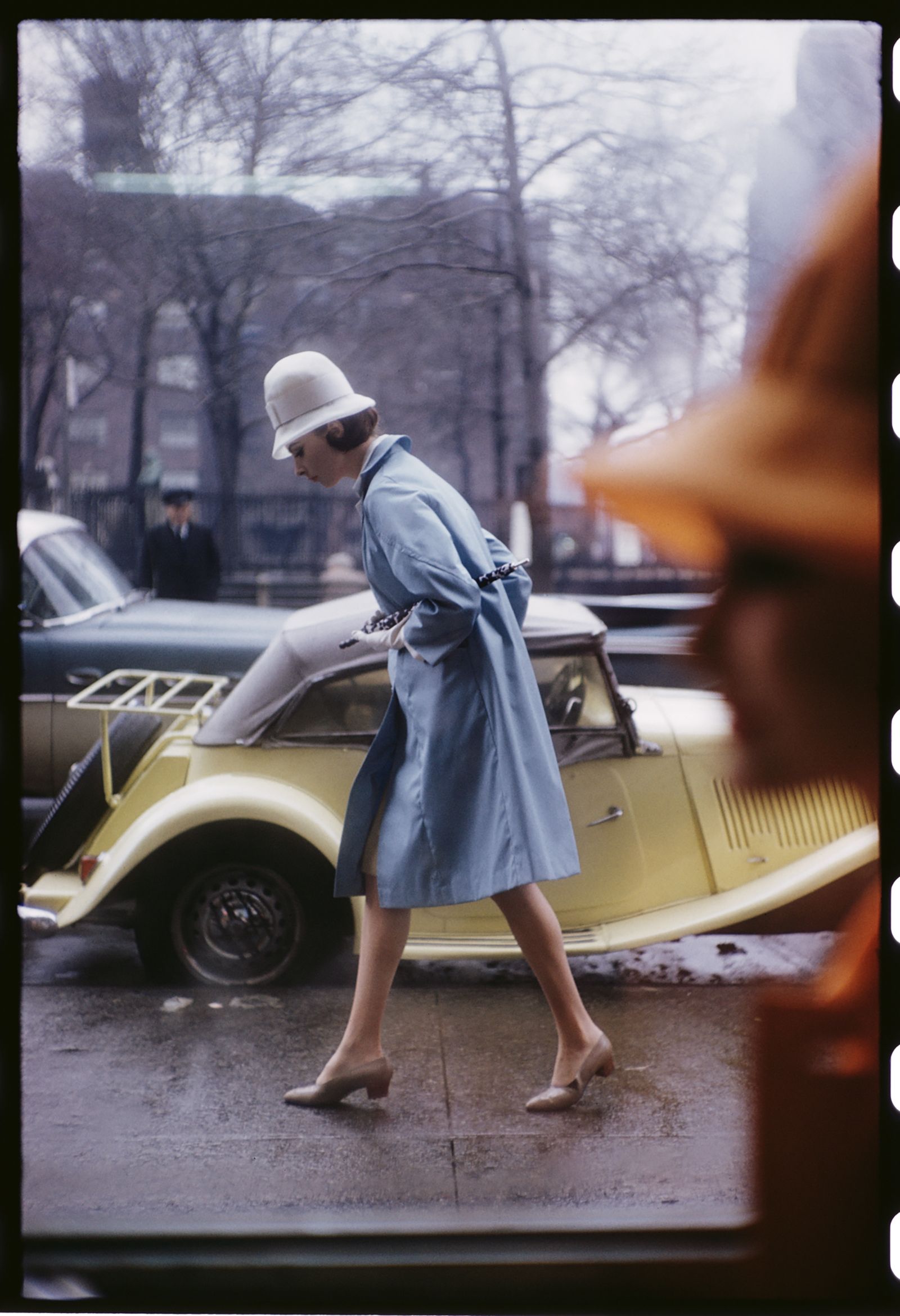Saul Leiter had a thing for umbrellas. They pepper his mid-century photographs of New York, popping up over years of work: pink umbrellas, red umbrellas, yellow umbrellas. Their owners remain hidden underneath, dry and out of sight, upstaged by their vivid canopies.
In “Saul Leiter: An Unfinished Word,” a joyous new retrospective on view at MK Gallery in Milton Keynes, England, these umbrellas sing out from the walls. As do orange shop signs, scarlet curtains and the custard dashes of cabs.
Leiter, who died in 2013, is now recognized as one of the great color photographers of the 20th century, a pioneer who embraced — and experimented with — color slide film when most professional photographers were still wedded to monochrome negatives. Against muted Manhattan backdrops of concrete, stone and smoke stacks, he focused on the blinking neon and candy-striped barber signs.

Leiter’s abstracted shots of New York seem radical, yet they are true to how we all see the streets: fragmented by traffic, building facades, doorways, angles and crowds. By embracing that jumbled, naturalistic viewpoint, Leiter could create a collage within a single frame, a snap-and-grab of all the urban elements glanced on the fly. Into these cut-up compositions, we see pedestrians and policemen, store workers, dog walkers and construction workers, but not as specific characters, more as notes on a musical score.
Leiter’s photographs are often interrupted, confused or ornamented — and sometimes all three — by the whims of weather and atmospheric effects. Figures are seen through veils of condensation or snow; taxis barrel and blur through the rain; a traffic light punctuates a blizzard. “A window covered in raindrops interests me more than a photograph of a famous person,” he remarked in the 2013 documentary “In No Great Hurry: 13 Lessons in Life With Saul Leiter.”

Leiter was not supposed to have been a photographer. He was born in 1923 into a strictly observant Jewish family in Pittsburgh and was expected to become a Rabbi like his father, a Talmud scholar. That all changed in 1946 when Saul caught a train to New York. He was 23 and wanted to be a painter. He would remain estranged from his father for most of his adult life.
Making it in fashion
It was Leiter’s friendship with the photojournalist W. Eugene Smith that led him to consider photography, although he continued to paint. Some of his works on paper and canvases are on view in Milton Keynes, abstract and figurative paintings influenced by the post-Impressionists and Japanese printmakers such as Hokusai (another artist who loved the rain). While Leiter saw parallels between the mediums, he thought paintings were made and photographs were found.
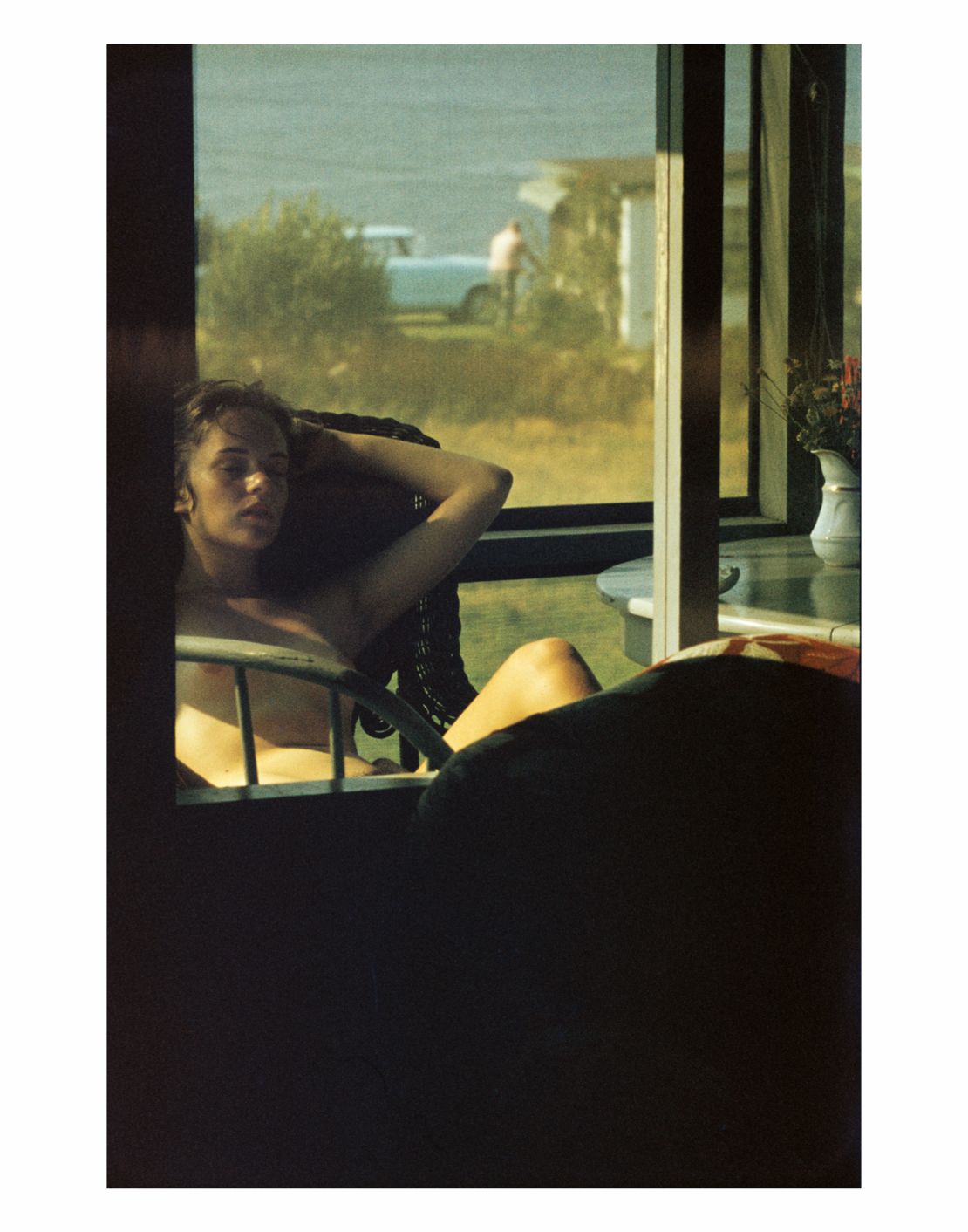
His private, now celebrated, sidewalk photographs were not what supported him. From the late 1950s to the 1980s he shot fashion pictures for periodicals such as Queen and British Vogue, enjoying much of the work but sometimes finding himself constrained by briefs from picture desks. “I once said to the editor at the magazine that a drawing by Bonnard meant more to me than a whole year of Harper’s Bazaar,” he recalled. “She looked at me in complete horror.”
“He was not just a photographer, he was not just a painter, he was a poet,” said the exhibition’s curator Anne Morin. Indeed, Leiter’s unconventional handling of a camera mirrored the literary experimentation of his contemporaries Jack Kerouac and Allen Ginsberg. His photographs were formed from out-of-date film stock, strange exposures, erratic focus and crazy perspectives. He even enhanced some of his prints with gouache and watercolours to create hybrid photo-paintings.
Rather than take a chronological journey through Leiter’s career, the MK exhibition immerses visitors in his philosophy of seeking beauty in the everyday by combining periods, mediums and subject matter together. His sensibility — a feeling for lively serendipity — shines through all of it.
A series of ongoing adventures in art
The show, which comes in the wake of a monumental new book, “Saul Leiter: The Centennial Retrospective,” is a box of delights and surprises. His early black and white prints — especially his portraits of women — are close-cropped and sensitively-handled little gems, tiny windows on friendships. While a series of nudes reveal a talent for capturing subtle and sweet intimacies — especially when framing his long-time lover and muse Soames Bantry — his citrus-hued paintings illustrate his ongoing adventures with the brush.
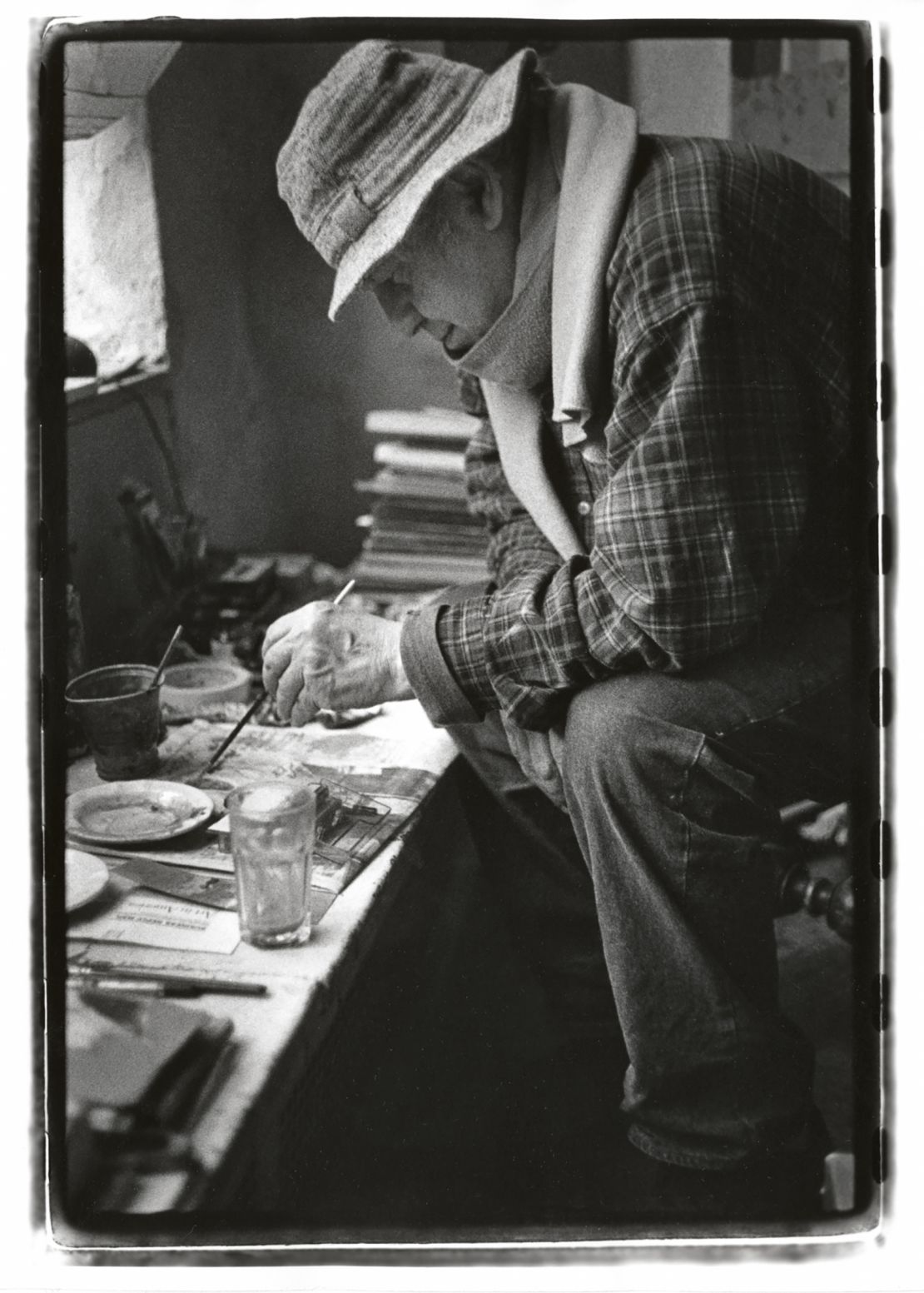
But it is his color photography out on the bustling blocks — he left some 40,000 slides — that is his most distinctive body of work.
With their large planes of obfuscation — the result of a shop awning or a passer-by — his photographs echoed the canvases of the Abstract Expressionists, some of whom Leiter knew personally (he lived for a time on 10th street at the heart of the scene). Similarly, he was in the orbit of the “New York School of Photographers,” a loosely-connected group that included Diane Arbus and Robert Frank. But he always remained a character apart, never quite a member of any movement.
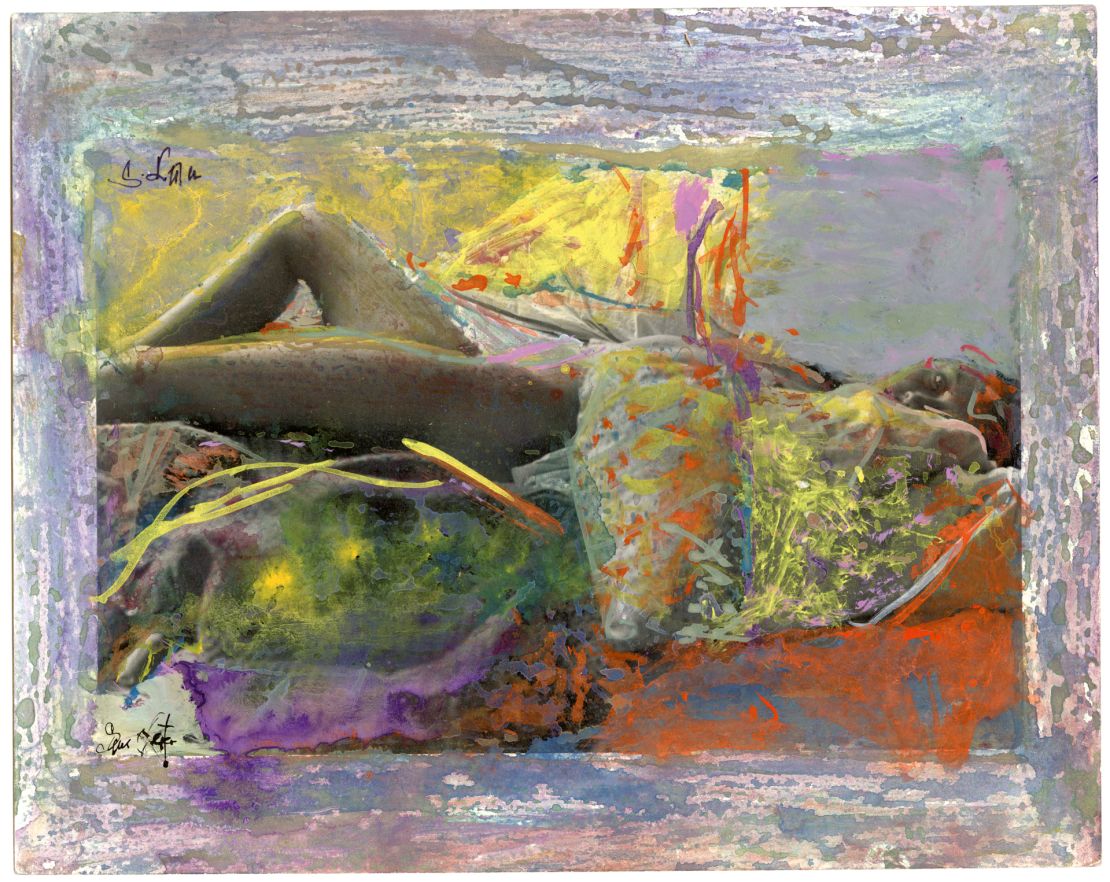
“He never really settled into society,” says Morin. Leiter recognised this, but did not see it as a failure. “I have succeeded in not being famous,” he observed. What he did instead was retain an unapologetic and unwavering eye for the less obvious. As his weary lab assistant once remarked: “Not umbrellas again!”
“Saul Leiter: An Unfinished World,” is at MK Gallery, Milton Keynes, until June 2. “Saul Leiter: The Centennial Retrospective,” is published by Thames & Hudson and out now.

